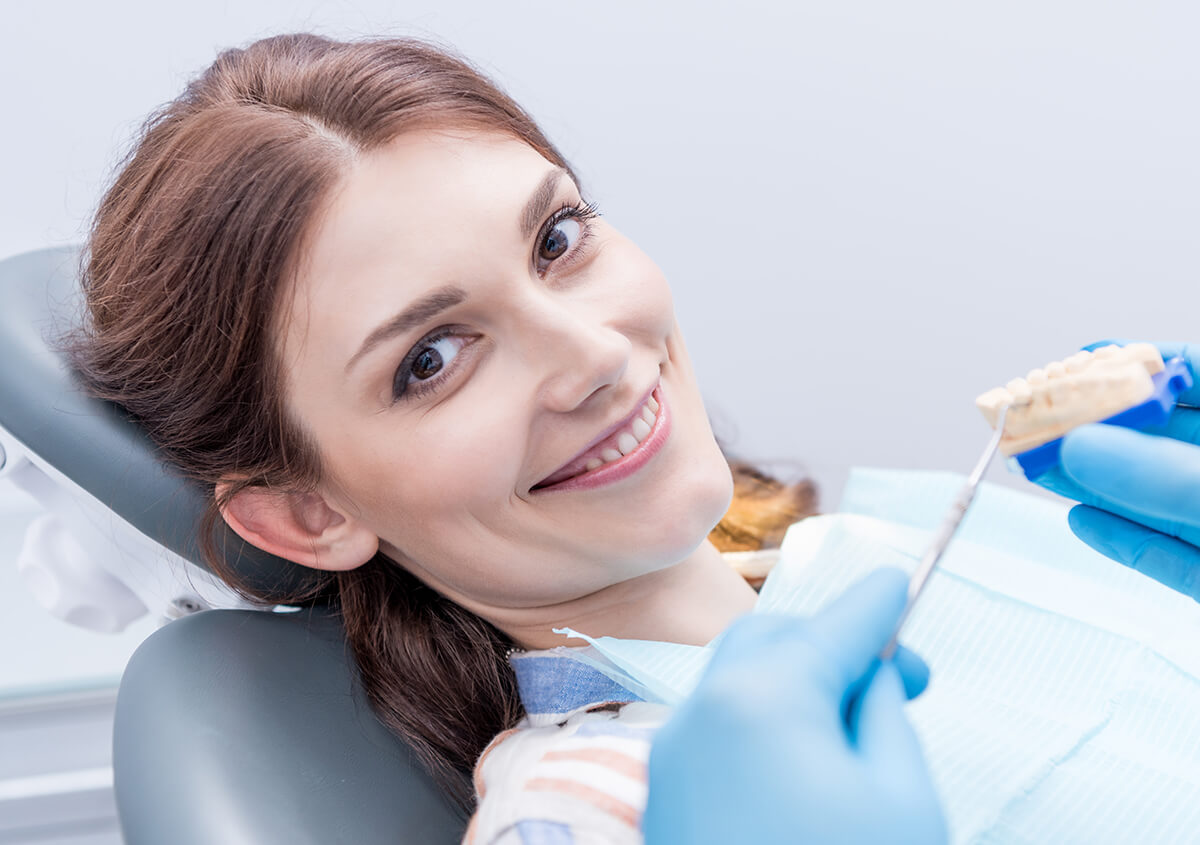The importance of inlays and onlays in Beverly Hills, CA
There are times when patients in the area of Beverly Hills, California, maybe in a situation where a dental filling is not enough to address a cavity, but a dental crown is more than needed. In a case like this, the team at Beverly Hills Advanced Specialties of Dentistry is here to help with an alternative known as inlays and onlays. Inlays and onlays are dental restorations that are used to repair tooth structure while maintaining a natural-looking appearance and a conservative approach.
When might I need an inlay or onlay?
Inlays and onlays are often used when cavities form. The dentist will remove the impacted tooth structure and then disinfect the entire area. Then, impressions are made and used to create the inlay or onlay that will bond into place onto the tooth. Patients love inlays and onlays because they are:
- Affordable
- Natural-looking
- More conservative than crowns
- Custom-fabricated
- Easy to care for
What is the difference between inlays and onlays?
The major difference between these two restorations is how they are placed. An onlay is placed over a tooth, while an inlay is placed almost into a tooth, within the rest of the enamel. Both are a more conservative option when patients are considering dental crowns as an alternative and require the dentist to remove less healthy tooth structure to place the restoration.
Who is a candidate for an inlay or onlay?
During a consultation visit and initial evaluation, our dentists, Drs. Frank Vidjak and Fanny Yacaman can determine if a patient is a good fit for an inlay or onlay. If the damage to the smile is more significant, patients may be better suited for a traditional dental crown instead. These restorations are custom-made for patients and cover more of the tooth structure for better protection and functionality.
Call Drs. Frank Vidjak and Fanny Yacaman today
Beverly Hills, California area patients who are interested in achieving beautiful smiles are strongly encouraged to ask the team at Beverly Hills Advanced Specialties of Dentistry about the advantages of inlays and onlays. Call (310) 878-6455 to start taking charge of your smile’s health, function, and overall appearance.
Frequently asked questions
Inlays and onlays are dental restorations used to rebuild tooth structure while keeping a natural appearance and a conservative approach.
Inlays and onlays are frequently employed when cavities develop. The dentist will remove the affected tooth structure and disinfect the surrounding region. The imprints are then utilized to make the inlay or onlay that will be bonded to the tooth.
The primary difference between these two restorations is how they are positioned. An onlay is put over a tooth, whereas an inlay is inserted almost entirely within the tooth’s enamel.
They are less expensive, more natural-looking, more conservative than crowns, custom-fabricated, and simple to maintain.
Simply said, candidates for inlays and onlays have too much damage for a typical dental filling but not enough damage to require a crown. You must have enough residual tooth structure to sustain the restoration to be eligible for an inlay or onlay.
The skilled doctors at our practice are Frank M. A. Vidjak, DDS, MSEd and Fanny Yacaman, DDS, MSEd, MS.






















